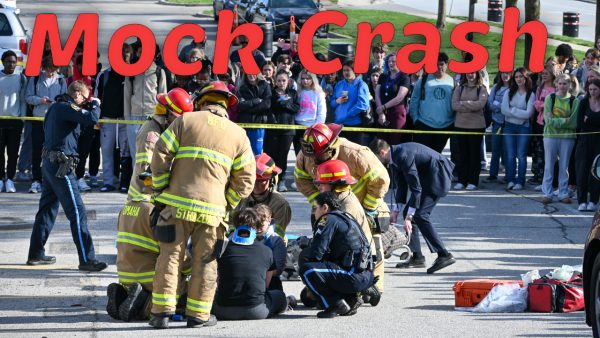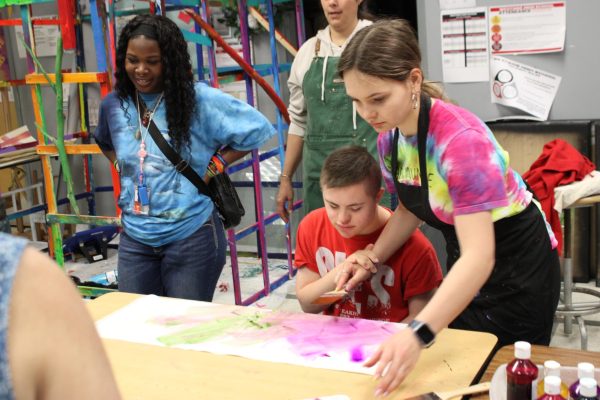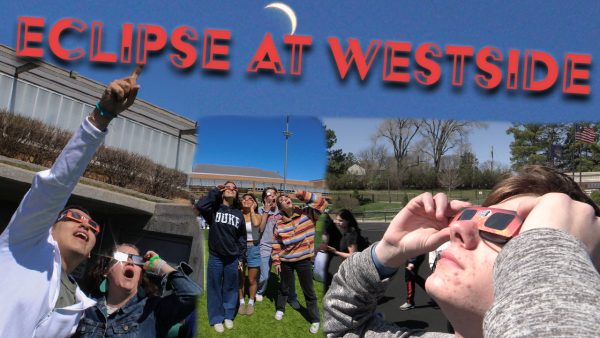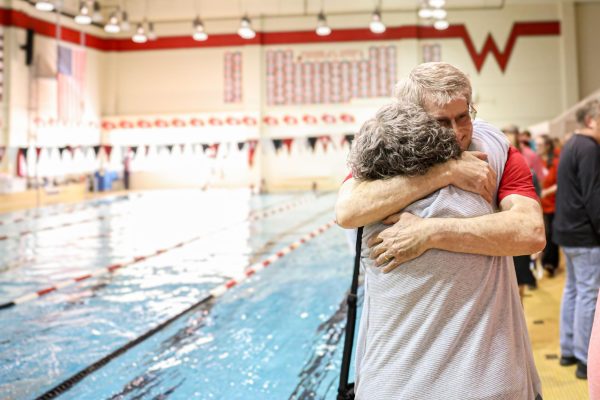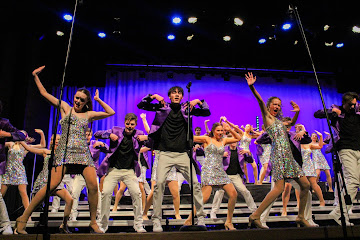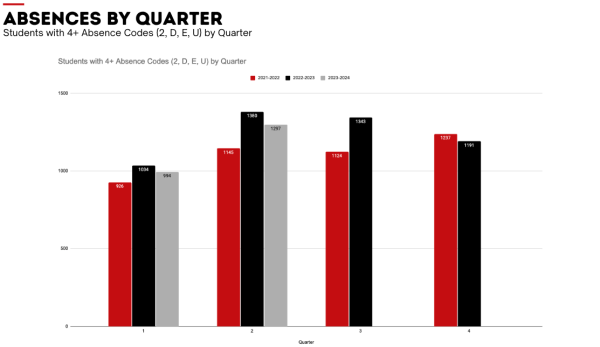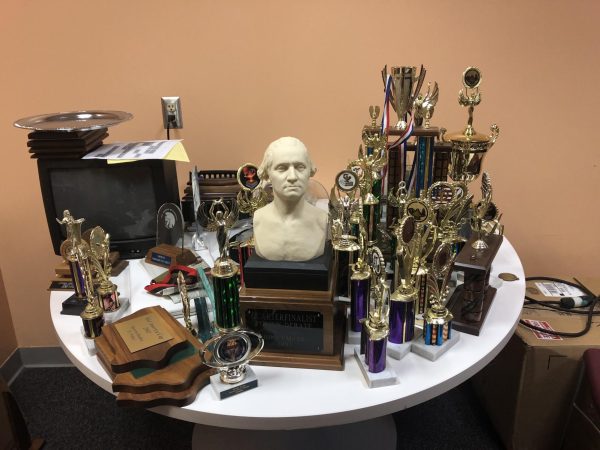College Possible begins recruiting for next year
The guidance department is beginning to recruit students from the current sophomore class to participate in College Possible, a nonprofit organization that helps promising low-income students go to college.
Ellen Sundermeier, a college coach from the organization, is currently helping 35 juniors with ACT preparation, resumés, and researching colleges. The same students will get help next year when they’re seniors, and a new coach will come to work with a new class of about 40 juniors.
The first step the guidance department will take to gather that new class will be to send out an informational letter to all current sophomores with a 2.0 GPA or better. The school doesn’t have access to information about income, so all sophomores who meet the GPA requirement will get a letter, but only those whose families are below a certain level are eligible for the program.
The guidance department has also sent out College Possible recommendation forms to teachers, who can then recommend promising students they’ve seen in class.
“Teachers may know something about a student, or think they’d be a great student for the program,” guidance counselor Melissa Hansen said. “At Westside High School teachers tend to build up relationships with students more, and students share information that we can use to help identify students for the program.”
For example, a teacher might know that a student’s parents didn’t go to college, but the student has the skills to succeed in college. If a teacher submits a recommendation, a student will be invited to a College Possible information session.
The information sessions will start this week and continue into March. Sundermeier will meet with small groups of students during their open mods and give them information about the program. In addition, there will be a College Possible table at parent-teacher conferences in March where parents can get information about the program.
Students who meet the income and GPA requirements and are interested in participating will have the opportunity to complete an application process, which includes getting a teacher recommendation and doing an interview.
The idea behind College Possible, which was founded in Minnesota in 2000, is to level the playing field for low-income students who might be able to succeed in college, but lack the resources to get there. Many low-income students don’t have parents who went to college, which can make the application process especially confusing and intimidating. In addition, many students don’t realize college can be affordable for them.
Through one-on-one coaching and regular after-school sessions, college coaches from the organization make things easier. They walk students through the process of finding colleges, visiting campuses, preparing for the ACT, applying to college, and applying for scholarships and financial aid. Ninety-eight percent of College Possible students attend college.
“They [College Possible] will work with students through college as well,” Hansen said. “They’ll have an automatic safety net in place when they get there, so that’s the key piece. It’s a great opportunity.”
To read more about College Possible at Westside, click here.
Your donation will support the student journalists of Omaha Westside High School. Your contribution will allow us to purchase equipment and cover our annual website hosting costs.



